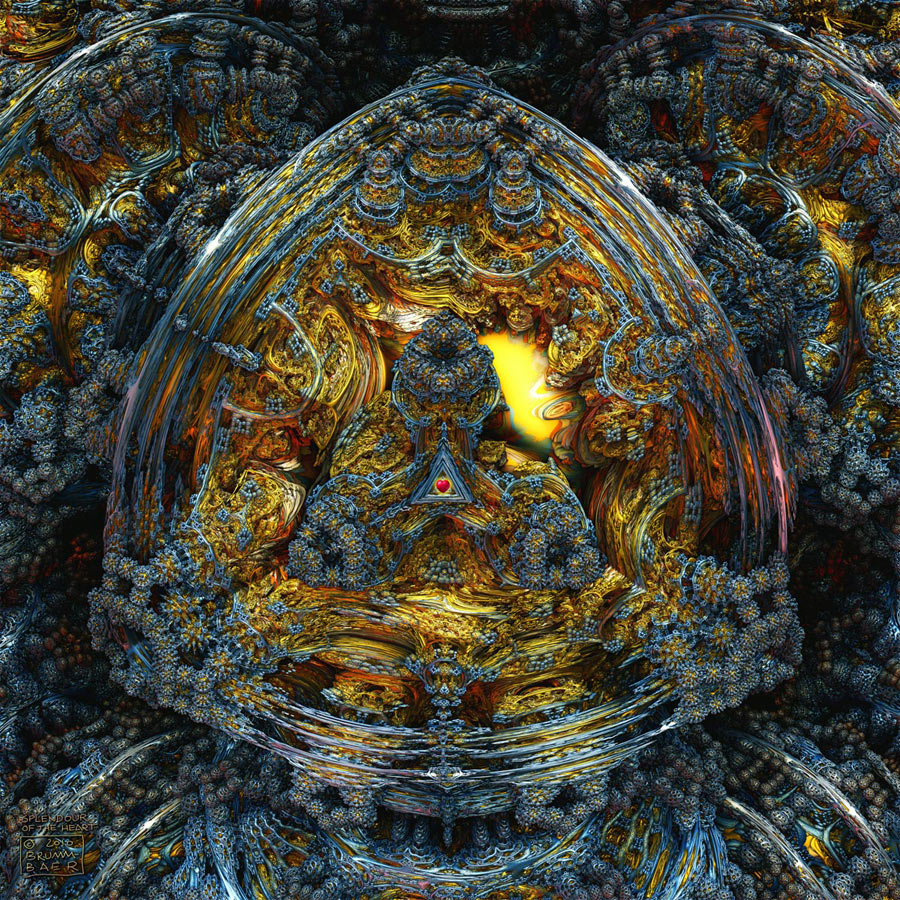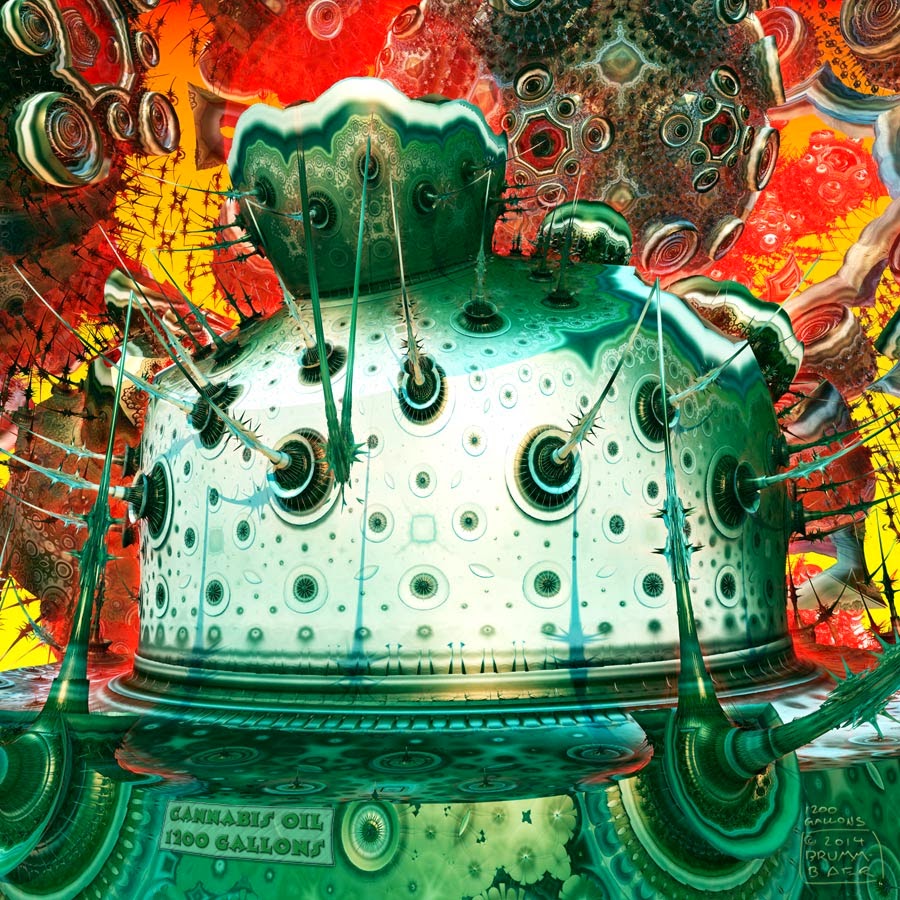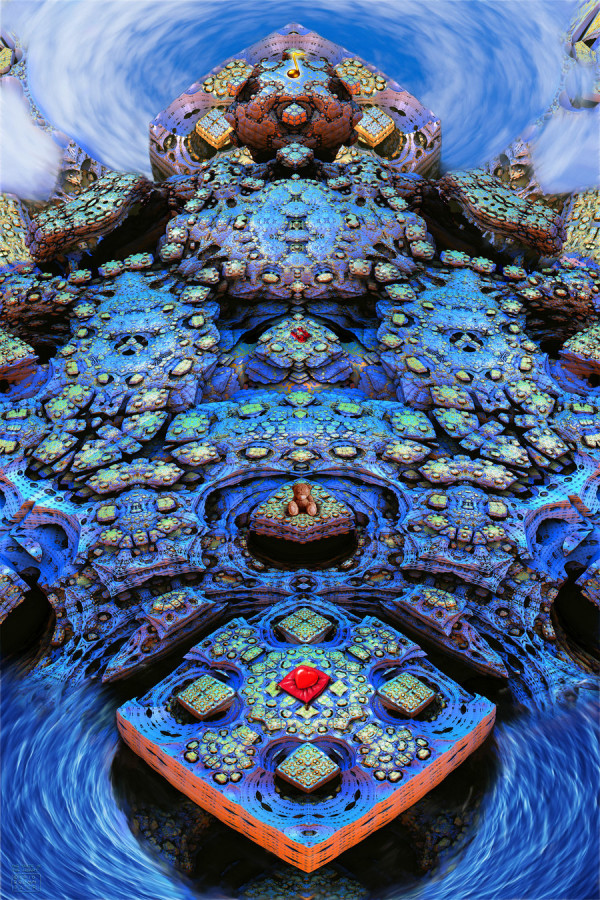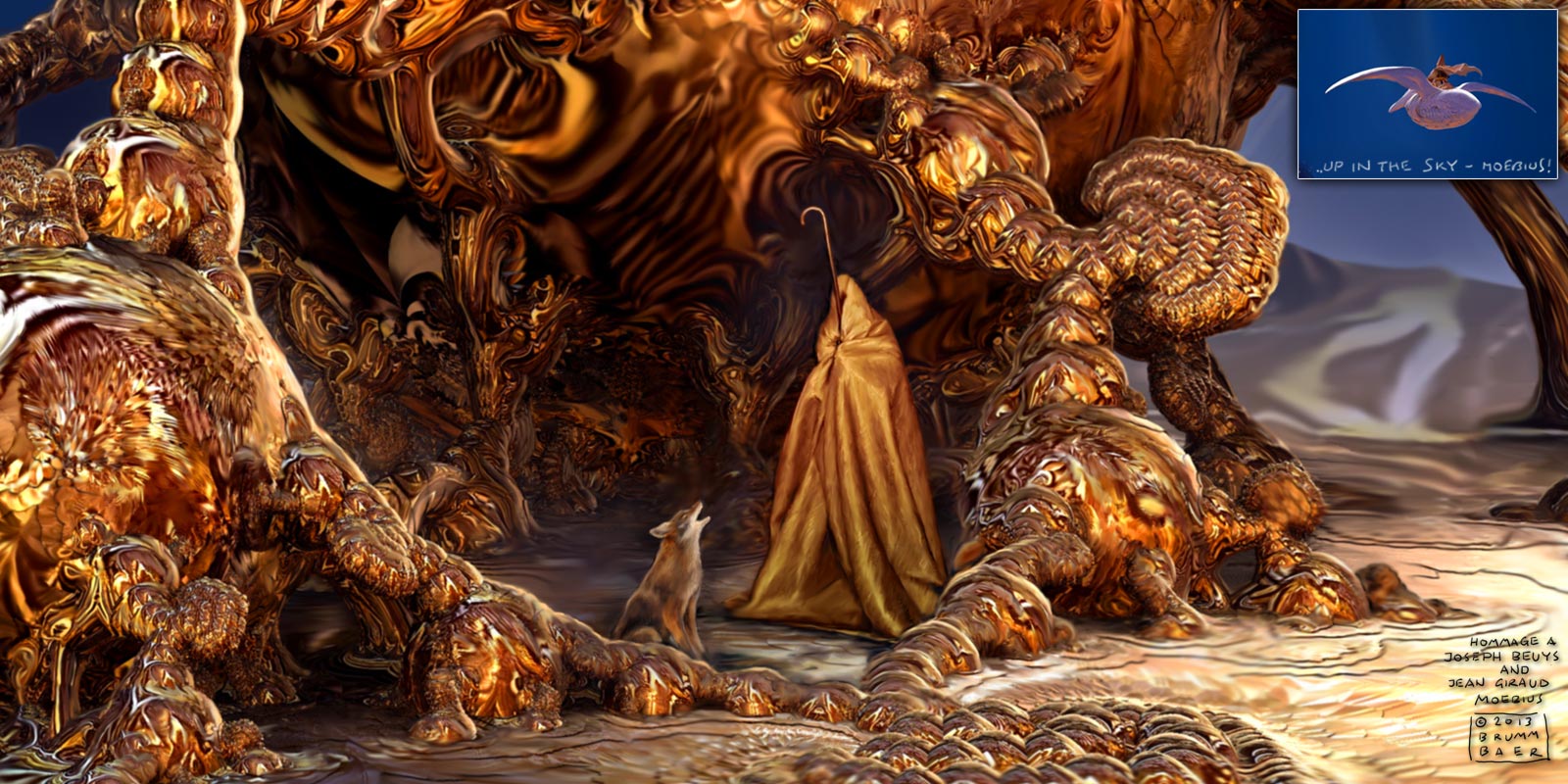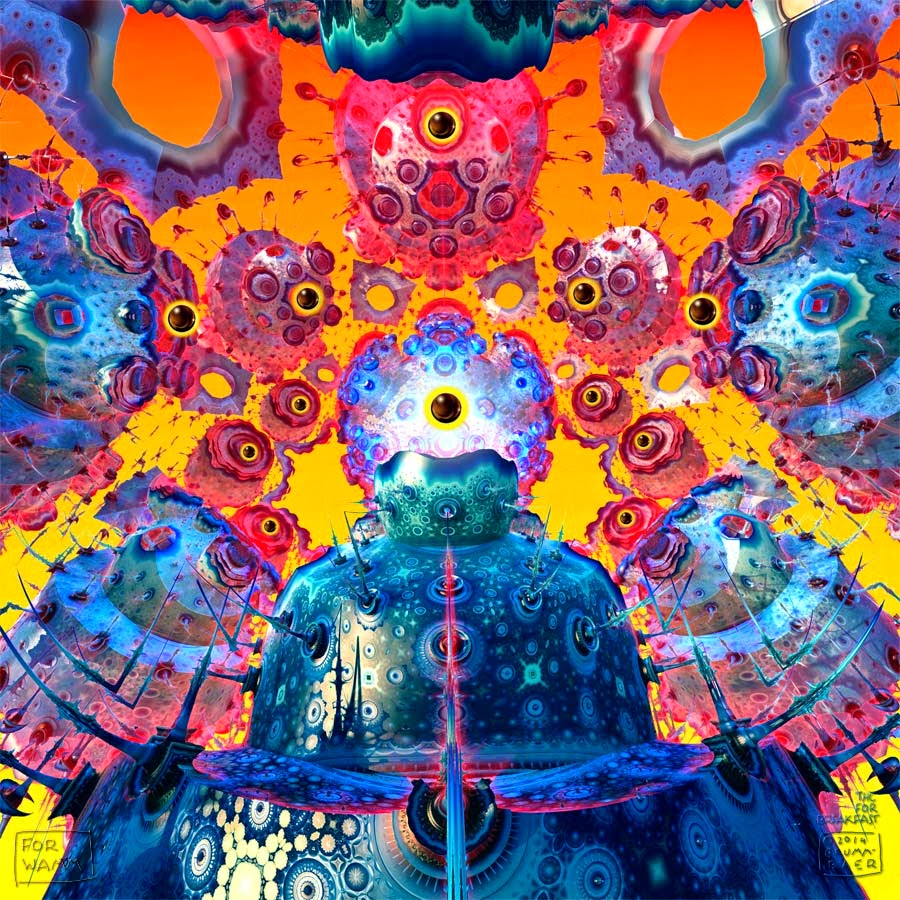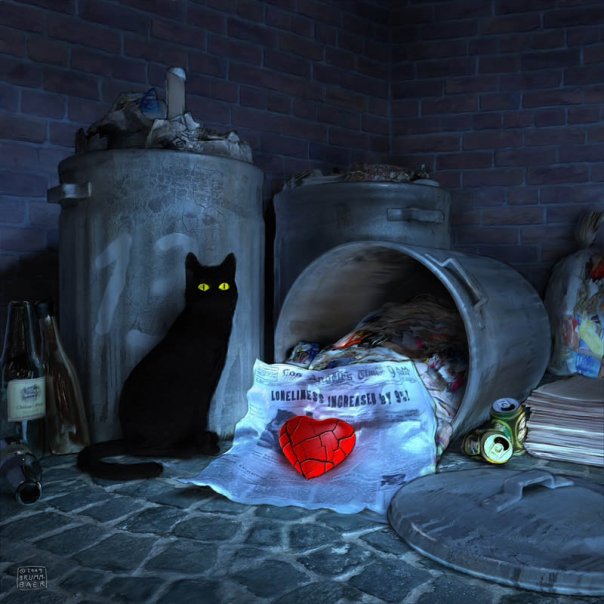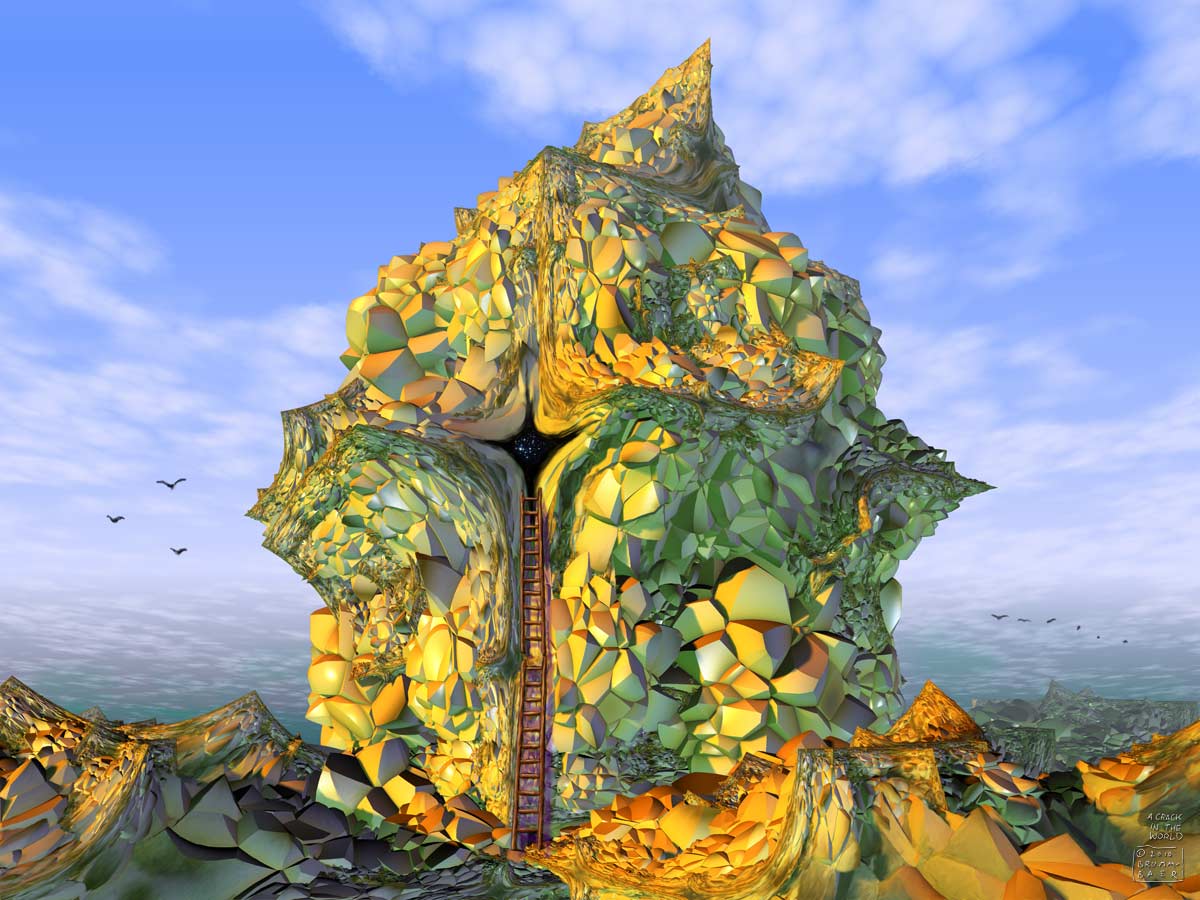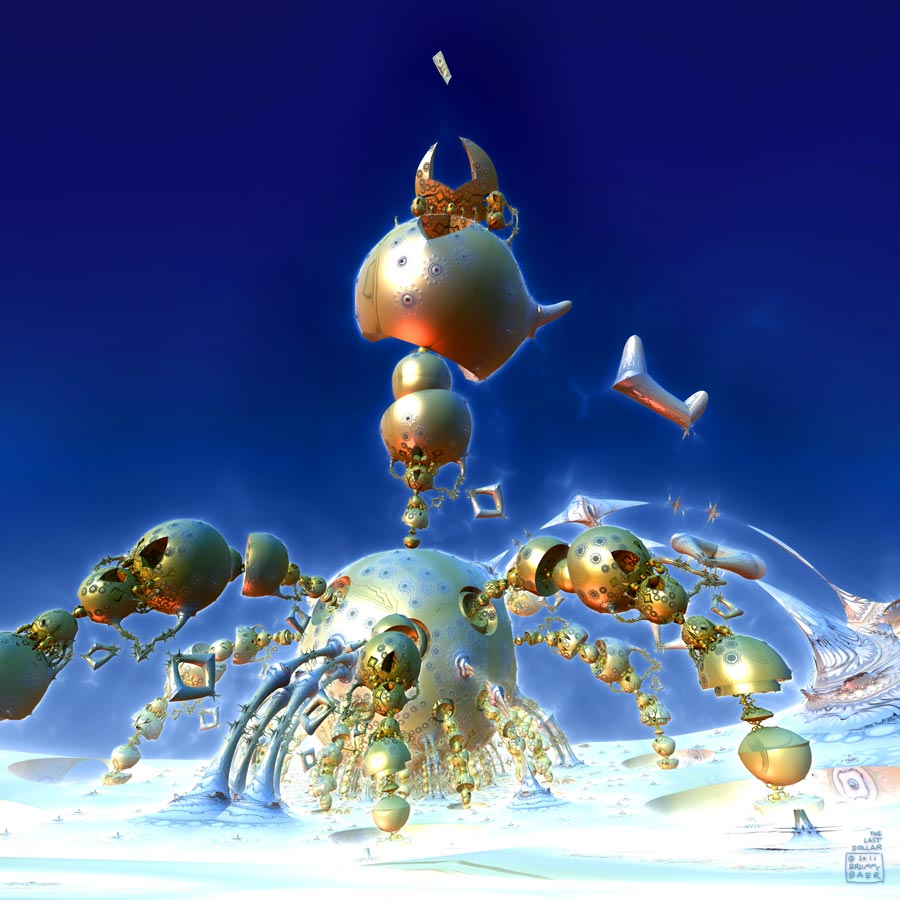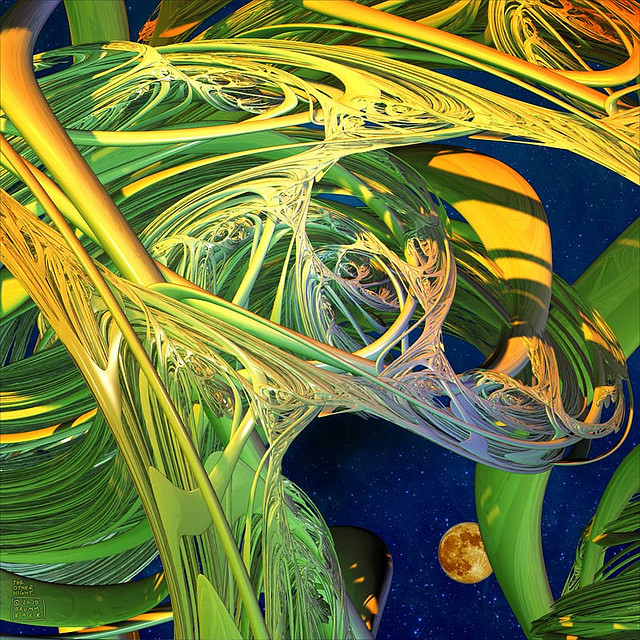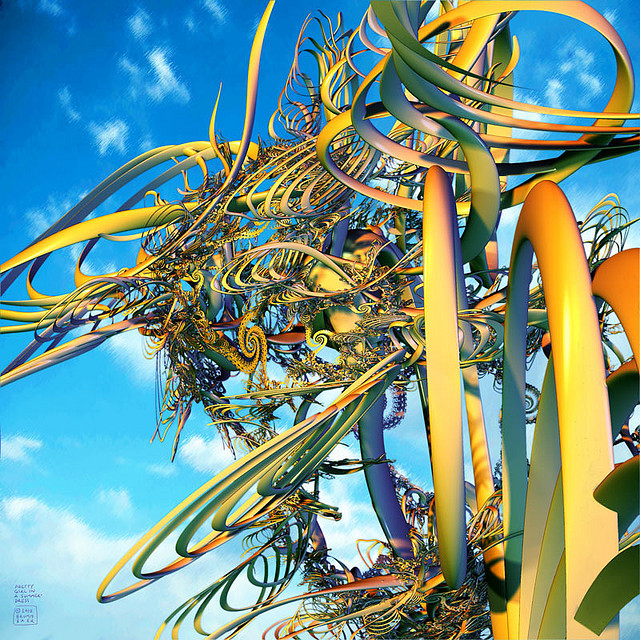BRUMMBAER
From works in film, print and animation, he contributed in groundbreaking ways to the field of new media art, boldly transforming it with new tools of computer and software which he compared to a philosopher’s stone and the magic carpet.
His career was wide-ranging - as illustrator, light show designer, political agitprop creator, introducing Robert Crumb to German audience, launching Brumm comix, launching underground art magazine Germania, creating experimental radio plays, working as a TV set designer, actor, filmmaker and graphic artist. The introduction of the computers in the late 1970s decisively shaped his path as he wholeheartedly embraced the use of the computer as a new medium of art.
Introduction to New Media Artist Brummbaer: http://artcommune.blogspot.com/p/brummbaer.html
An early practitioner and pioneer in the digital art, he was invited to Los Angeles, California in 1985 to work on the first ever graphics computer, the Fairlight CVI. He also worked with Timothy Leary and science fiction writer William Gibson. He continued expanding his digital skills and worked in special effects for Hollywood movies, creating digital art for the video game industry and in the later years obsessively exploring fractal-based art and animation.
BIOGRAPHY
“ Brummbaer is, like the Greek Phidias, the Italian Giotto, the Dutch Rembrandt, one of the first masters of this new art medium. He is one of the first Wizard Fabricators of the cybernetic realities of the 21st century. ” ~Timothy Leary
From a chalk wielding pavement artist to a master computer wizard, Brummbaer’s artistic journey encompassed in similar ways the history of artmaking that began with simple animal paintings on cave walls to dizzying wonders of technology-driven highly complex art shimmering on the electronic screens of the 21st century. Born in 1945 and raised in post-war Germany, he made the move to Los Angeles, California which served as his artistic home base since the mid-1980s.
Raised by a single mom and in poverty, he recalled the growing up experience in post-war Germany. He found meaning and refuge early on in art. At age 15, he climbed into an empty picture frame at an art happening and saw himself as entering the world of art. Thus began his art-fueled life as a self-taught vagabond pavement artist in post-war Germany. Akin to itinerant Italian maddonari artists of olden days, he travelled all over Europe, painting with colored chalk the famous European paintings - of Rubens, Rembrandt, Raphael, El Greco and others.
His career was wide-ranging - as illustrator, light show designer, political agitprop creator, introducing Robert Crumb to German audience, launching Brumm comix, launching underground art magazine Germania, creating experimental radio plays, working as a TV set designer, actor, filmmaker and graphic artist. The introduction of the computers in the late 1970s decisively shaped his path as he wholeheartedly embraced the use of the computer as a new medium of art.
An early practitioner and pioneer in the digital art, he was invited to Los Angeles, California in 1985 to work on the first ever graphics computer, the Fairlight CVI. He also worked with Timothy Leary and science fiction writer William Gibson. He continued expanding his digital skills and worked in special effects for Hollywood movies, creating digital art for the video game industry and in the later years obsessively exploring fractal-based art and animation.
The Tralfamadore Series started in 2010, inspired by the writer Kurt Vonnegut, are a bold and imaginative flight of visionary art. At age 65, his focus turned towards combining the fractal-based art with animation, rendered with mastery of color and masterful techniques. With the newly developed fractal-based Mandelbulb 3D software, he delved into a new world of possibility. More than eye popping and heretofore unseen visions, his art invites one to see beyond the fantastic sights and to ponder whether art can serve as a portal to a metaphysical dimension. Ever humble and wildly talented, Brummbaer likened the role of artist to a window washer, shining the thick dust off the windows of reality so humanity can see what has always been there. From works in film, print and animation, he contributed in groundbreaking ways to the field of new media art, boldly transforming it with new tools of computer and software which he compared to a philosopher’s stone and the magic carpet. And boldly he contributed to the new media art canon the stunning visions flickering before our eyes.
"Digital is not here to put an end to anything. Rather it is here to expand all things, to combine and to make more things attainable. For the artist, it is the edgiest work of all; the biggest, most exciting challenge in a long history of the synthesis between technology and hand and mind and heart."
~J.D. Jarvis
Dr. Albert Hoffman Portrait, Brummbaer 2008
Life on Mars, Brummbaer 2013


